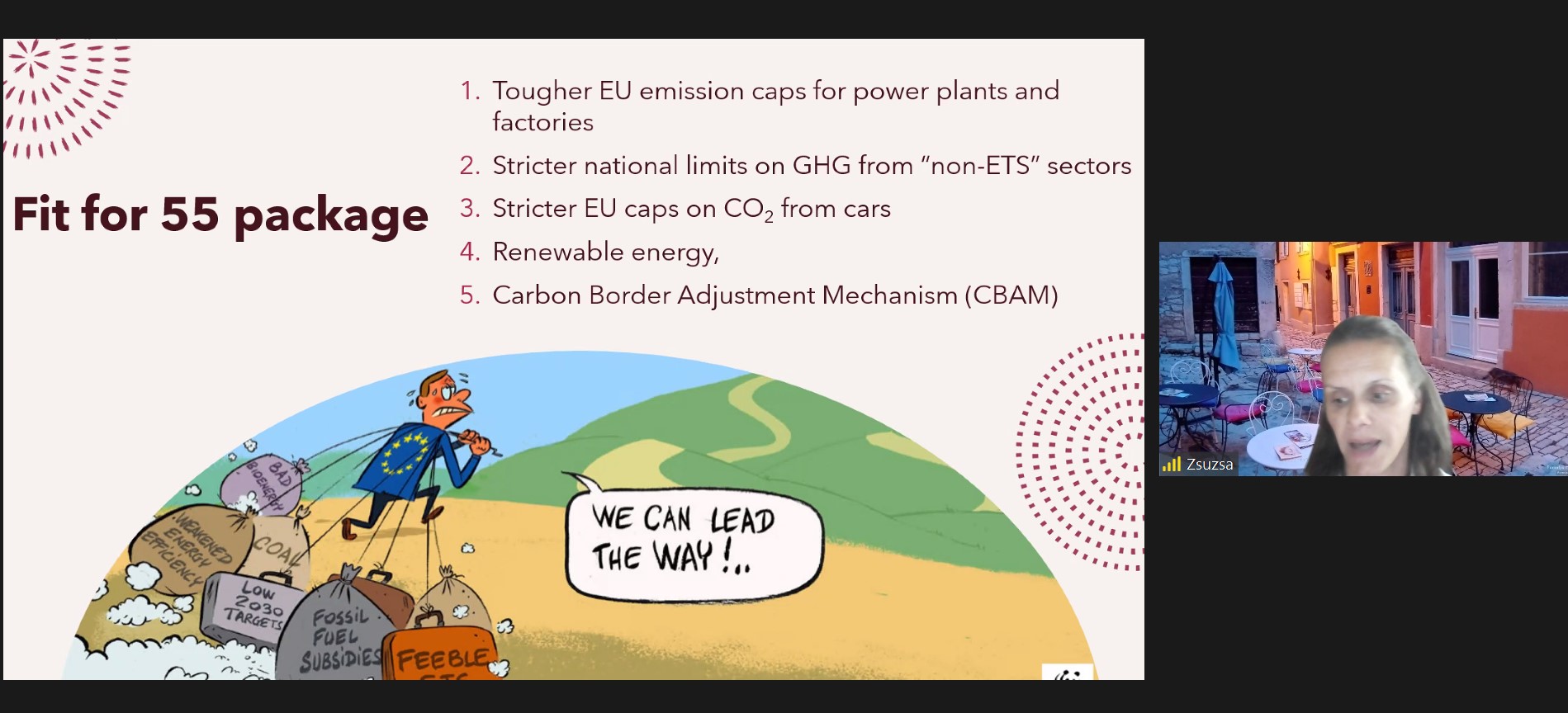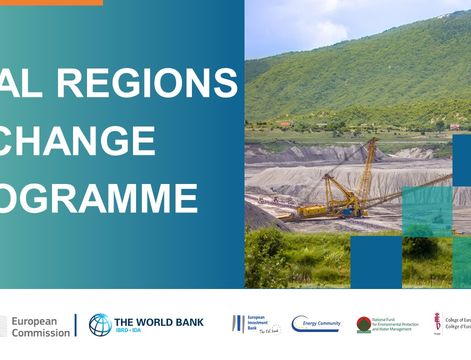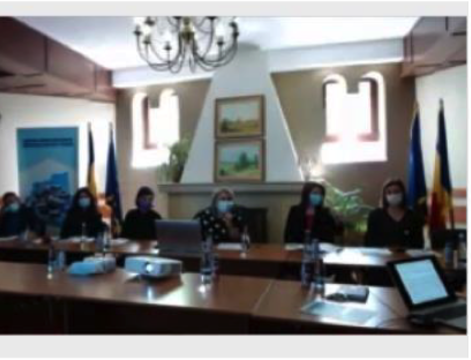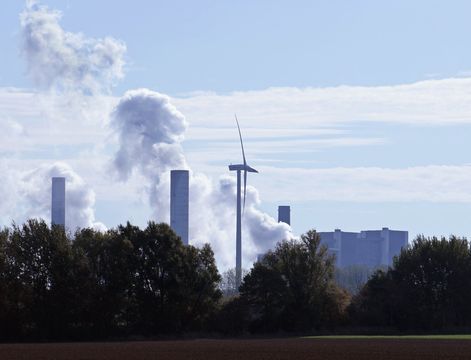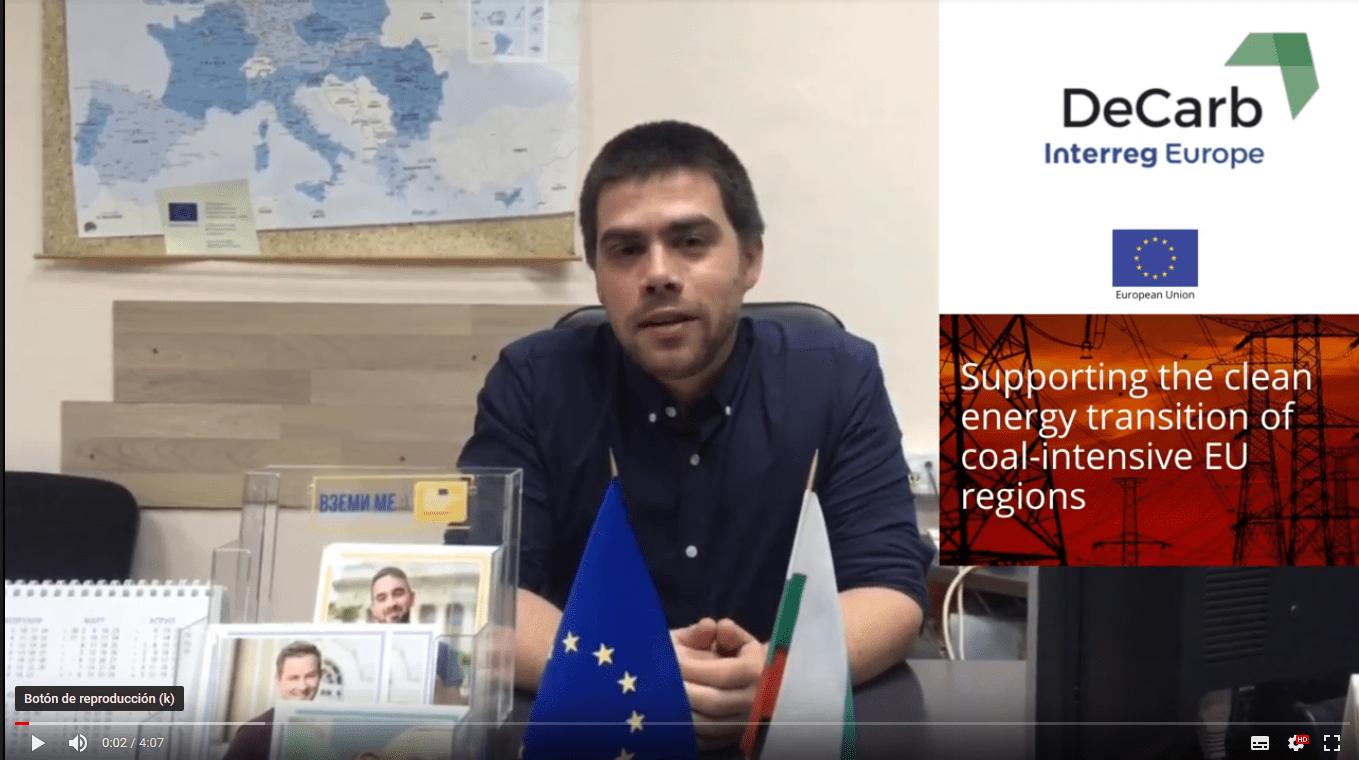The main polluting emitting sectors in Extremadura are the transport sector and livestock farming, both represent 54% of total emissions, according to data from the Inventory of Greenhouse Gas Emissions corresponding to the period 2015-2018, presented recently by the general director of Sustainability, Jesús Moreno, to the members of the Extremadura Climate Change Observatory.
The report has been presented during the first meeting of the Climate Change Observatory held after the Covid-19 pandemic, and in which the Regional Ministry for the Ecological Transition and Sustainability, Olga García, presented the draft of the Regional Energy and Climate Plan (PEIEC) 2021-2030, as a tool that will be “a key” for the region's contribution in the fight against the climate crisis. García summarized these objectives in making Extremadura a climate-neutral region in 2030 and, in that year, one hundred per cent of Extremadura's energy production is of renewable origin.
DeCarb project is supporting this and is working on improving policies to support a just energy transition. Precisely, emissions from the energy sector are practically residual because Extremadura's energy park is "highly decarbonised", according to the report. The Ministry indicated that the PEIEC contemplates the implementation of the Observatory and the Interdepartmental Commission on Climate Change whose regulatory decrees are in the consultation phase on the Transparency Portal of the Regional Government website.
"The formalization of the Observatory and the creation of the Interdepartmental Commission on Climate Change respond to a very specific and important section within the PEIEC, such as the governance of the plan itself throughout its term," said the Olga García. The Observatory will carry out the study and analysis of environmental planning and strategic actions in matters of mitigation and adaptation to climate change and will serve as a forum to address the participation of the society. On the other hand, the Interdepartmental Commission will coordinate all the regional public bodies involved in energy issues, so that all actions are in the same common line and the energy policy and the fight against climate change are applied in a coordinated manner.
The general director of Sustainability, Jesús Moreno, presented and analyzed the Inventory of Greenhouse Gas emissions for the period 2015-2018, highlighting a slight increase linked to the increase in economic activity in this period. Moreno pointed out that regional emissions at the national level in the 2015-2018 period represent a "small percentage, between 2.5 and 3 per cent. " Regarding the structure of emissions by types, there is a notable difference with respect to Spain, in Extremadura, there is a greater relative contribution of methane (CH4) and nitrous dioxide (N2O), altogether 51% of the total, which is the relevance of the agricultural sector in the regional economy; while in Spain carbon dioxide (CO2) stands out with 78% of total emissions. Also, the ratio of emissions per surface area in Extremadura (0.23 kilotonnes of CO2 oil equivalent / square kilometre) is qualitatively much lower than the national average (0.66 equivalent kilotonnes of CO2 oil / square kilometre) due to the large surface area protected in the region.



